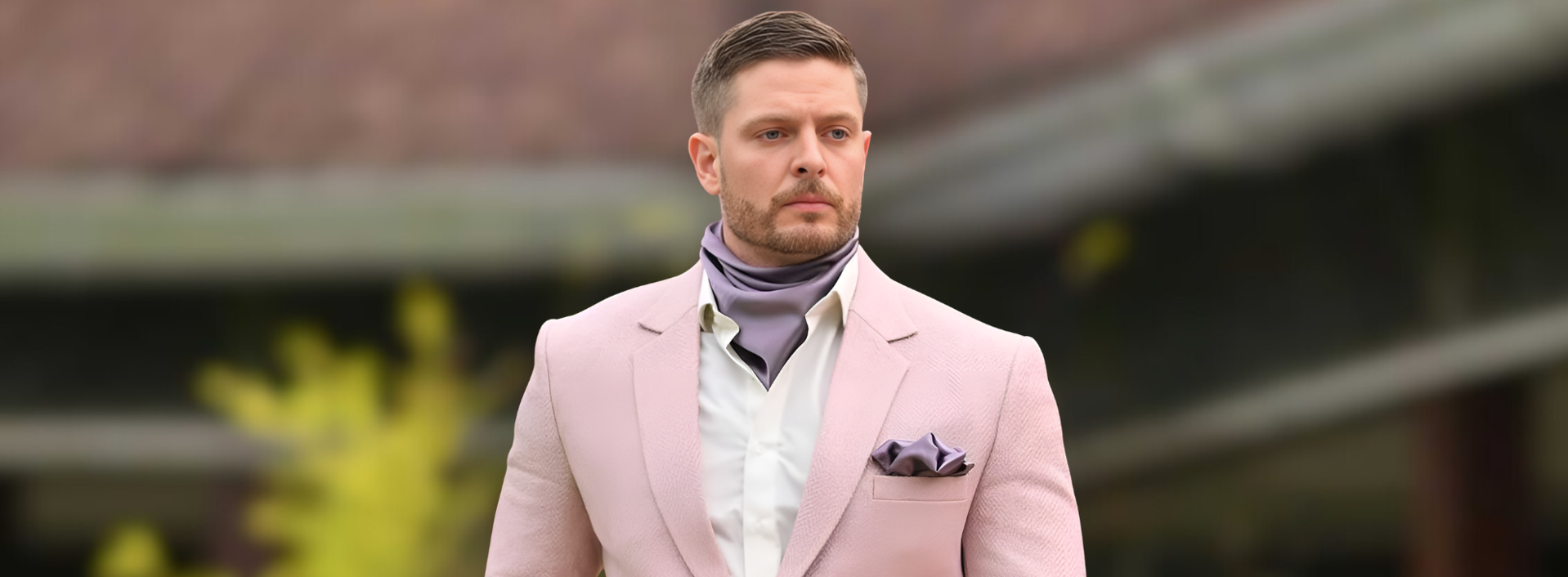(May 25, 2024) “I’m a go-go kind of person. There is a lot that I want to achieve,” grins Jason Shah. The breakout star of Netflix’s magnum opus Heeramandi, the Indo-British actor who plays the antagonist Inspector Cartwright, has managed to impress the audience with his acting chops and stand out amongst a bevy of established performers.
Referring to himself as a ‘Bombay boy’, the 36-year-old is currently soaking in the adulation after Heeramandi. “It shows the power of OTT platforms and their immense reach,” he shares, adding, “People from across the world, from Bengaluru to Brazil, have been sending me DM’s on Insta, and it’s incredible to receive so much love.”
View this post on Instagram
The actor, who is typecast into similar roles (usually playing the villain), has been in the industry for over a decade. Apart from roles in movies including Partner, Fitoor, and Salaar, he has also been part of many television shows, including Big Boss. Heeramandi’s success has been a huge shot in the arm for the actor, who is now excited by the wealth of opportunities that are pouring in from across industries.
A Bombaywallah
Jason calls growing up in Bombay an unusual experience full of fond memories. “My father is a Kutchi-Jain, while my mother is a British citizen, so I grew up in extremely cosmopolitan surroundings. The city in the 90s was so different—we just used to hang out at Marine Drive, and there was a lot of liberty to explore. Bombay, being a port city, has so much to offer—the best of food, culture, and experiences.”
Exposed to a lot of classical movies like Ben Hur and Sound of Music, thanks to his father (entrepreneur Kantilal Shah), who was very worldly and well-traveled, Jason had a cosmopolitan upbringing that put him at ease both at parties and making friends with his Nepali staff.

Jason Shah
Acting grew on him, owing to the multiple experiences he has had. He states, “My father was socially conscious and always took us out to help people. In a sense, I was always in front of people, which gave me the confidence to get in front of people.”
Having spent a few years working for his year, Jason also pursued his dream of playing cricket for a short while training in Australia but soon realized that his calling was in front of the camera.
Movie magic
His initiation into movies was very straightforward. Having acted in commercials, he attended a casting call for the movie Partner, where he was selected in a heartbeat. “I was just a kid back then,” he recalls. “The entire experience was so glamorous. I mean, imagine working with stars like Salman Khan and Katrina Kaif in your first major outing. I really cherish working on the film.”
What followed was a bunch of roles on the small screen where Jason got to understand and explore his craft. Roles in serials like Jhansi Ki Rani and Barrister Babu ensured that he was a familiar face to audiences. Long compared with another British-Indian actor, Tom Alter, his stint on the small screen usually had him playing similar characters who spoke Anglicized Hindi or English.
It is precisely why acting in Heeramandi was a challenge. “I really had to put in a lot of work to speak Urdu. It is such an evocative language. In English, love conveys a singular meaning. But in Urdu, you can say ishq, pyaar, or mohabbat to showcase the levels of intensity. Emotions are better conveyed in Indian languages.”
View this post on Instagram
Heeramandi brought him much acclaim. Audiences, confusing him with his character, bombard him with comments saying they hated him, which Jason feels only shows that he was successful in portraying his character.
Calling the whole experience surreal, he explains, “The massive sets and the big ensemble—it was all an amazing opportunity for me. I must say that while I was shooting, I felt disconnected, as I knew my own role and not the entire story. Also, I did not shoot at a stretch. Added to these constraints was the fact that I did not know anyone on the set. All these helped my character create a distance, and when I see it now, it makes a lot of sense because my character needed that space from the others.”
The world is his oyster
While he has predominantly played the antagonist in his career so far, Jason is ready for a change of scene. He says, “I’m looking for challenging parts. I wouldn’t mind playing a good character once in a while (laugh). I’m not so much concerned with the length of the role as with the impact it can create.”
While he looks western, Jason is an Indian at heart. He thinks his appearance is only an asset that helps to create a brotherhood wherever he goes, be it in London or New York.
“I wouldn’t have it any other way,” he smiles. “In fact, I have fun because Indians, especially abroad, don’t really expect me to speak Hindi, and when I do, it really shocks them. It has gotten me many free dinners and kebabs. Jokes apart, Hindi brings a touch of home to Indians abroad, and whenever I travel, I instantly connect with Indians, Pakistanis, and Bangladeshis because of the fact that I speak Hindi.”

Jason Shah
When not working on movies, Jason likes to relax by playing cricket, traveling, and reading. A very ‘in the moment person’, he prefers to savor the moment rather than clicking selfies incessantly! Sit, watch, and breathe are his mantras.
What is his focus currently? “There are a lot of interesting roles and projects. There are a couple I’ve been offered, and I’m keen to work on Telugu and Tamil projects too, as they are larger-than-life. I’m excited about what’s about to come. I also hope to play positive characters at times,” he signs off.
As he looks to the future, Jason remains grounded in his roots and grateful for the journey. With his blend of Western looks and Indian heart, the actor is ready to explore new horizons and leave a lasting impact in the entertainment world. Whether as a beloved hero or a despised villain, one thing is certain: Jason Shah is here to stay, and his journey has only just begun.
- Follow Jason Shah on Instagram
Also Read: Mindfulness on the menu: Sumukh Tallam celebrates the slow life at Maya




